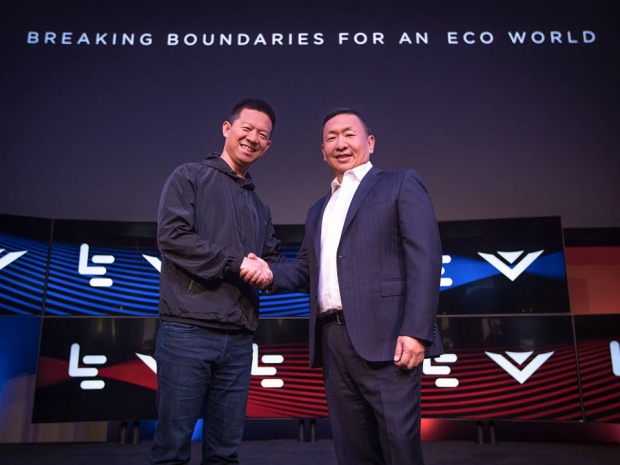LeEco currently manufactures its own televisions in China with its own Android-based operating system, and now sells Android TV-based units in the US. Meanwhile, Vizio has its own TV OS and ecosystem that is separate and distinct from LeEco’s product lineup.
Back in July 2016, LeEco had originally planned to acquire Vizio’s hardware and software departments as a subsidiary under its own name, while spinning off its own data business Inscape. According to Vizio, the Irvine-based executive team would remain in place while founder and CEO William Wang would lead the Inscape business separately.
Earlier this February, Vizio settled an FTC charge for collecting data from its customers, though it did not prevent LeEco from announcing a $2 billion acquisition of the company.
Though the acquisition was announced, it had yet to be approved by Chinese regulators. Sources also noted that LeEco had been affected by tighter regulations to get Chinese capital out of the country. Then on Monday, LeEco cited “regulatory headwinds” for calling off the merger. Others suggested that the announcement was made because each company very much has a sense of pride in its own brand image, and sharing the publicity simply would have been too much for each PR team to handle.
Both companies could still benefit from a closer collaboration. On one end, Vizio has been attempting to expand its footprint in China. On the other end, LeEco was trying to sign on video publishers to its EcoPass subscription service – and having access to an existing footprint of millions of Vizio smart TVs could have given it more leverage in this area.
With or without a public announcement of collaboration, LeEco and Vizio are expected to maintain their corporate relationships at least internally, with Vizio preloading the Le app on its smart TVs and beginning to launch products in China.
LeEco looks to sell Santa Clara headquarters
Last month, Reuters reported that cash-strapped LeEco was looking to sell a 49-acre property it had acquired from Yahoo less than a year ago. The company sought to sell the property to developer Genzon Group for $260 million in an effort to add extra capital back to its revenue fund. So far, LeEco’s only response has been, “We are not yet ready to share plans for the land as we are still in the initial planning phase”.
Vizio’s plans remain unpublicized
The bigger question remaining for shareholders and the media is what Vizio intends to do now that the acquisition has fallen through. The company could theoretically look for another buyer, or prepare for a second IPO round. Back in July 2015, the company filed an S-1 to take it public, though no date had been set for an IPO.
However, a source close to Vizio’s senior leadership told Variety that the Irvine company wasn’t rushing to go public any time soon if the LeEco deal were to fall through. The struggles of hardware manufacturers like GoPro have dissuaded Vizio’s leadership team from taking the IPO route. However, the state of regulatory headwinds has gone a significantly different route in the US under the change of a new administration, and the global market gains Vizio could obtain may well be enough reason to secure a second public offer should executives reevaluate its potential.




